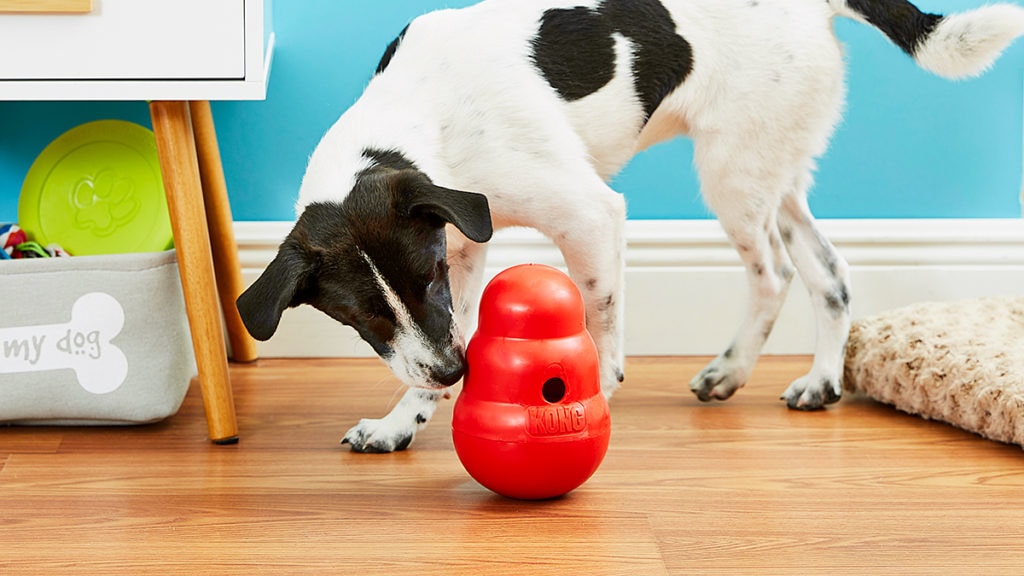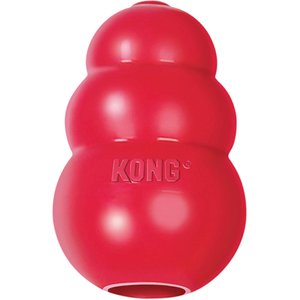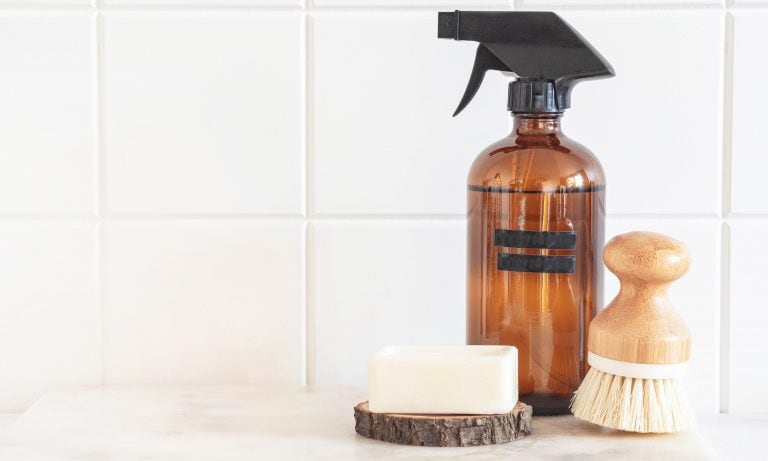Nose work is not just for working dogs like Hounds and German Shepherds. It can be enjoyed by dogs of all ages and breeds. It is a great way to learn how to improve communication between you and your canine companion in a fun and productive manner. Since smell is the strongest dog sense, nose work engages your pup both physically and mentally for a truly rewarding way to spend time together.
How Your Dog’s Nose Works
Dogs experience the world differently than humans. Their noses contain up to 300 million olfactory receptors, whereas a human nose contains only about 6 million, and their perceptual experience of the world around them occurs predominantly through the strongest dog sense—smell.
The structures within a dog’s nose are set up to optimize their smelling capabilities. Just inside a dog’s nostril is a fold of tissue whose sole purpose is to separate the airflow into two paths. So when a dog inhales, the majority of the air will go down into the lungs, but the fold will pull back about 12% of that air into an area in the back of the nose. This area contains a network of scroll-like, bony structures called “turbinates.” The job of the turbinates is to filter the odor molecules and send the appropriate corresponding signals to the brain for analysis. The air is then expelled through the slits in the sides of the nose in a swirling pattern, which in turn ushers in new odors for analyzation, so dogs are technically sniffing continuously.
Why You Should Engage Your Dog in Nose Work
Nose work training has long been used for working dogs, but the National Association of Canine Scent Work (NACSW) created a way for companion dogs to get in on the sniffing. As head Trainer and Behavior Consultant for Canine Country Academy in Lawrenceville, GA, Paula Nowak, CPDT-KA and CTDI, explains, “They found that it boosted the dog’s confidence by giving them a job. We also know that sniffing releases good or pleasurable endorphins that calm the dog’s brain.”
Nose work training games are great for building your dog’s confidence and strengthening the bond between the two of you. The dogs can decide for themselves where and what to sniff and search, giving them a sense of control. They learn to problem solve, focus and tune out distractions in order to accomplish nose work training goals. Dog games involving nose work are great for shy, fearful or reactive dogs because they are done in a controlled environment without other dogs. This allows them to explore and fully engage their strongest dog sense without fear or distraction.
During nose work training, you also learn more about your dog’s body language and mannerisms so that you can work as a team. The dog takes the lead, and there are no wrong decisions in nose work, so you learn to rely on their judgement and to understand their thought processes. This can help foster a stronger understanding and bond between the two of you.
Incorporating Nose Work into Fun Dog Games
Our pups are olfactory creatures, so any time we can incorporate their strongest dog sense into fun activities, it is bound to make their tails wag. To begin your dog’s path to being a nose wizard, here are some tips for fun dog games to play.
Nowak says, “To get started at home, collect five or six boxes of various sizes,”—Chewy boxes would be perfect for this! You should place them either lined up or scattered around a quiet room. You will only place the treat in one box, as Nowak explains, so that you do not contaminate the other boxes. You then introduce your dog to the treat in the box so they learn that they will get this treat for exploring the box. Nowak continues, “Once they get the idea, you can start hiding the food box among other boxes. As the dog gets good at finding it, you might need to distract them by tossing an empty box or hiding the food when they are out of the room.” You can also increase the difficultly by placing the treat in a food dispensing toy like the KONG Classic Dog Toy.
It is important to remember that this is supposed to be fun—encourage your dog to sniff around and explore. You should allow your dog to make their own decisions and explore at their own pace, as it will build their confidence and provide them with some serious mental stimulation. Nowak emphasizes, “There is no obedience in nose work training, so any dog can do it! It’s all about giving them an opportunity to use their nose and have fun.”
If you are looking to take your nose work training to the next level, Nowak advises that you should find a trainer in your area who has been trained by the NACSW. Once you start training, you can even enter your pup in competitions, and because they are individual challenges, any dog can participate. Time to let your dog get to sniffing!

Kendall Curley, BeChewy Editorial Assistant
As a former Connecticut resident, Kendall is coming to terms with the lack of seasons in Florida by gaining an appreciation for all the activities that the Florida climate allows year-round. When she is not hard at work at Chewy, she can be found going on adventures with her dog, Pip, or going horseback riding with her friends. She is an avid fosterer of dogs and spends an inordinate amount of time picking dog hair off of her clothes and belongings.
Share:













